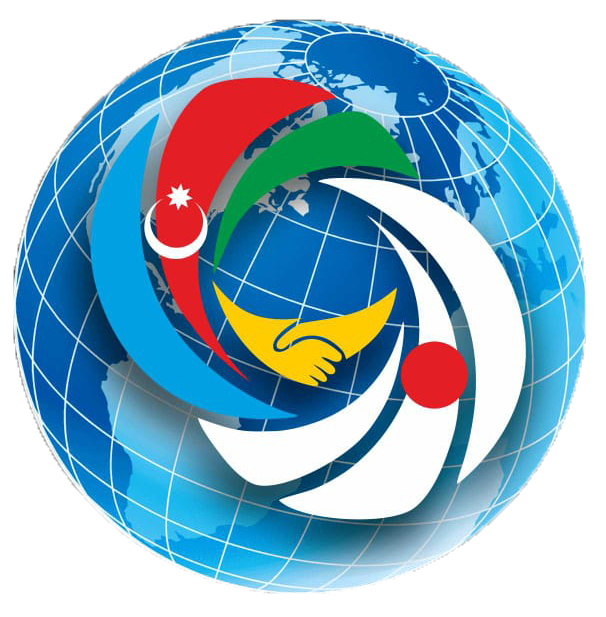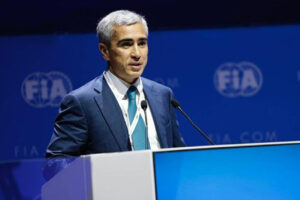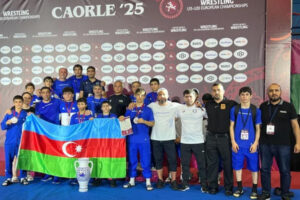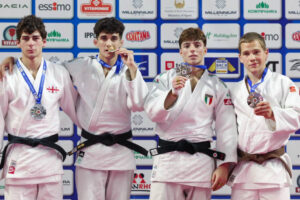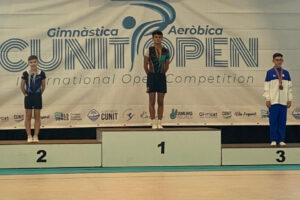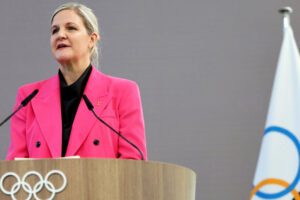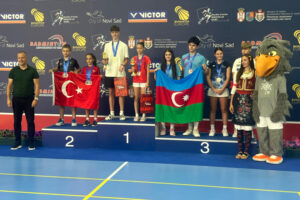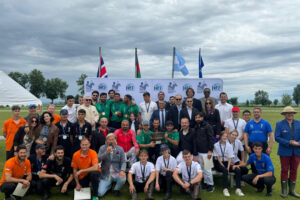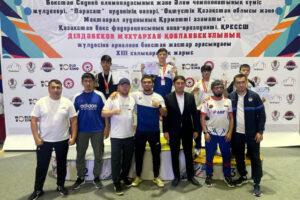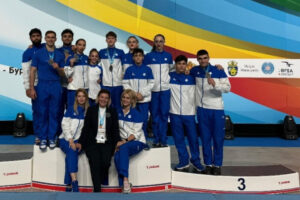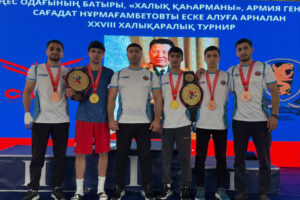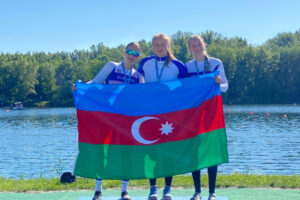Tokyo, 16 February, /AJMEDIA/
The J.League is looking at the idea of switching from its current calendar-year season to a schedule that would fall in line with European clubs, probably starting in September and running through to May.
The impetus for this rethink has been the Asian Football Confederation’s decision to start the Asian Champions League and other club competitions on a similar basis. This year, the Asian Champions League will start in August with the final taking place in May next year.
According to a Kyodo News report in January, “The J.League will step up talks on switching to a fall-spring season to have it coincide with the European season. There has been a proposal to push back the start of a J.League season by about one month each season from the current February opening, sources said.”
If the J.League were to do that, it would take six years for the adjustment to take effect. One other idea that has been proposed is to make the jump in a World Cup year. The next FIFA World Cup will take place in 2026 in Canada, Mexico and the United States and, after the anomaly that was Qatar, it will be held in the summer.
This means that if it doesn’t make the change, the J.League’s top division will once again have to take a summer break, assuming that Japan once again qualifies for the World Cup.
One of the largely ignored aspects of the Qatar World Cup taking place in the middle of the European domestic season was how some countries had to interrupt their domestic season in order to play in the World Cup. Some European countries grumbled when FIFA decided to hold the Qatar World Cup in November. Japan has had to bring the J.League to a complete standstill every four years because of its current calendar, which runs from February to the end of the year.
In truth, it’s not difficult to adapt. You get four years’ notice and some of soccer’s pampered professional players have to work a little harder. But the soccer year is still 365 days.
The Asian Football Confederation says that it wants its club competition calendar to fall in line with the international “norm,” which means Europe, or, to be precise, the major European leagues. Europe’s northern countries, such as Finland, Sweden, Norway, Estonia, etc, already play their matches from spring to autumn – similar to the current J.League calendar – due to the cold weather.
Falling in line with football’s superpowers, the AFC believes, will make interaction with them much easier, especially in the transfer of players and coaches.
It is also hoped that the schedule will help international breaks. That said, the next two Asian Cups are being held in superhot Middle Eastern countries – Qatar (2023) and Saudi Arabia (2027) – so it is likely that the monthlong tournaments will not take place in the summer. Qatar has even suggested moving this year’s Asian Cup – already off schedule due to China relinquishing hosting rights due to COVID-19 – to the beginning of next year.
The result of this is that while the AFC’s club competitions might fall into line with soccer’s big guns, its flagship national team tournament won’t, which means that Asian players in Europe will miss a big chunk of their club schedule.
Another objection to Japan adopting an autumn-spring season is that some clubs are located in areas that are heavily affected by snow, so playing games from December through March could prove difficult. While Consadole Sapporo can stay safe in the Sapporo Dome, clubs such as Albirex Niigata won’t have it so easy, as Niigata gets pummeled by snow every year. The J.League could schedule Albirex’s games at the beginning and end of the season, but this distorts a normal calendar where home and away games are played roughly on alternate weekends.
The argument that coach and player transfers will be made easier also doesn’t hold much water. The number of Asian coaches in Europe is minimal and there is no “window” for hiring or firing coaches. Asian players often take some time to acclimatize to European soccer, so going early in the year and spending around six months getting used to a new club and environment makes sense. And transfer windows can be manipulated as required if soccer bodies want to make transfers easier.
The AFC’s problem is that its strong West side, with countries such as Qatar, Iran and Saudi Arabia, is faced with different problems to that of the strong East side (Japan, Australia, South Korea), so synchronizing calendars is very, very difficult. It might make more sense for Asia to be permanently divided into East and West.
On the domestic front, Japan needs to sort out its competitions: the J.League, the Emperor’s Cup and the J.League Cup (YBC Levain Cup) so that fans are satisfied and teams in Asian club competitions don’t suffer from overexposure when they are successful in reaching the later rounds.
The J.League Cup could quite easily be a pre-season tournament played over three weeks and that would clear it off the rest of the calendar. The final rounds of the Emperor’s Cup could follow a similar pattern and it would nice to return the final to New Year’s Day. Last year’s tournament was played over five months, so this should be possible. Doing that would clear the rest of the domestic calendar for the J.League and AFC club tournaments.
All this would require the Japan Football Association and the J.League to look at the calendar with an open mind and some imagination. To be fair, both have shown some flexibility over the years, even to the point where they were criticized for taking a new approach to things (remember extra time in J.League matches and the split-season format?). Following the AFC’s lead is not essential, but rethinking the calendar certainly is.
The J.League’s 30th season kicks off on Friday.
© Japan Today
